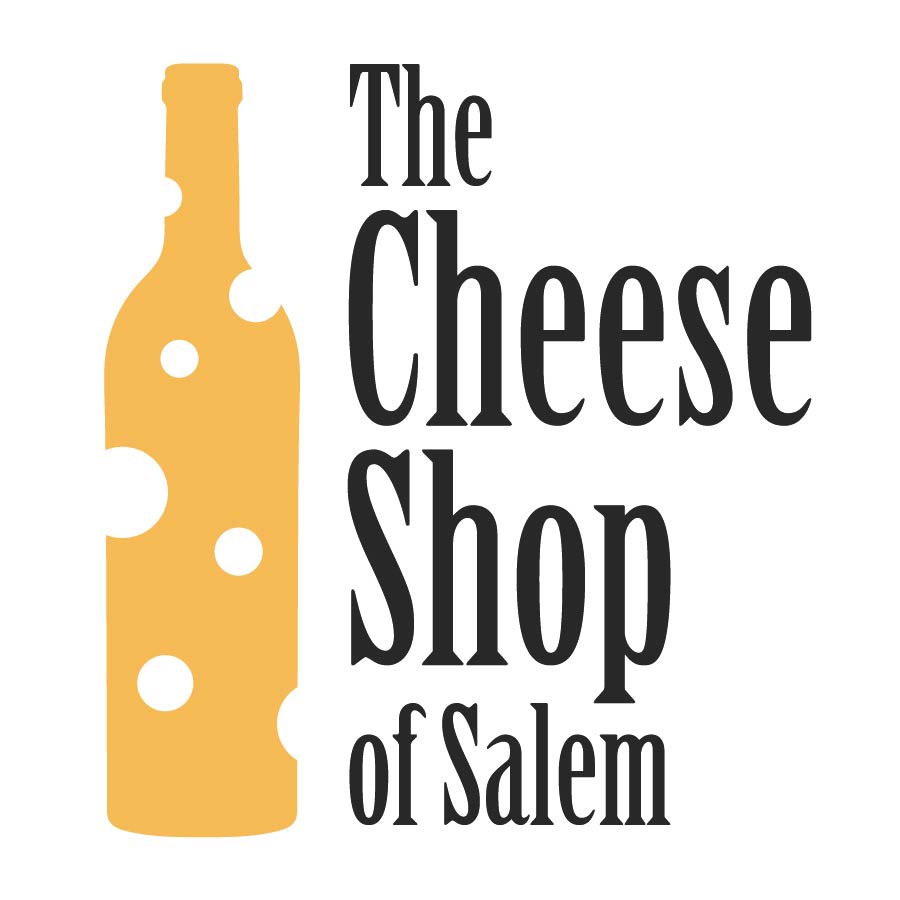Get down with Epoisses
Epoisses Coup is a special cheese. Firstly, it is special because it is a customer and cheesemonger favorite, which is really the most important thing for us. Secondly, the earliest recording of the recipe researchers have found is from the 15th century. True, France has quite a few cheeses that have long histories, but still, it’s pretty cool to imagine a farmer eating a slice of Epoisses in like 1524 and us eating almost the same thing now. It kind of feels like a little high five through time. Thirdly, and this one will make you sound the smartest, it is the only lactic curd washed rind PDO cheese. See how smart that made me seem?? Are you SO impressed? No? Ok fiiiine. Instead of basking in my own artificial brilliance, let’s talk about what all that gibberish actually means. Starting from the top!
Lactic curd - We start with the milk because that’s where we get our curds! Epoisses is made from the protein-rich milk of local Burgundian cow breeds – Brunes, Montbéliardes, or French Simmentals. When cheesemakers receive the fresh milk, they add an acidifying agent, which is a bacteria that turns lactose into lactic acid. This is also known as a culture. At this point, coagulation starts to happen, and over the next sixteen hours curds form. Lactic curds, you might call them.
The whey is drained away and the delicate curds are then ladled into molds, thus the next phase of Epoisses’s life begins. After enough liquid has drained from the baby Epoisses, the cheesemakers salt the wheels to dispel even more moisture. Eventually, the cheese is firm enough to start making the…
Washed rind – This is a procedure cheesemakers use on all different types of cheese, from firm alpines to funky softies, to help build rind structure and flavor. Epoisses is washed with a mixture of water and marc de Bourgogne, a brandy produced by the leftover skins, stems, and seeds from winemaking. Throughout the twenty-eight (or more) days of washing, more marc is added to the water, and over time this helps create the distinctive orange rind and strong flavors.
PDO – All these details are only a smattering of the particulars required to make a PDO designated Epoisses. Protected Designation of Origin is, to quote my love, I mean my BOOK, The Oxford Companion of Cheese, “a term for a specific product that is entirely produced in a specific place, according to long-standing production methods, whose use is protected by law.” Basically, you have to follow some seriously strict procedures and be in a specific place to earn a PDO stamp on your Epoisses. The point of this is to try and preserve cheesemaking (or winemaking, or whiskey making, or charcuterie making, etc.) techniques that might otherwise be lost.
In fact, Epoisses almost disappeared during the World Wars. For hundreds of years, the Epoisses making process was passed orally from mothers to daughters. But when the men were conscripted, all farm work fell to the women who suddenly had no time for cheesemaking. Luckily, in 1960, Robert and Simone Berthaut, two farmers who still had the original recipe, decided to revive the cheese and save it from total extinction. Now with the PDO status, it will be much harder to lose Epoisses. Thanks goodness! What would we do without this oozy, yeasty, meaty, salty, creamy wonder? I don’t even want to think about losing this very special cheese.
For the love of cheese and ooey gooey funksters like Epoisses,
Kiri
Update: Along with others, I emailed a restaurant called JuneBaby in Seattle looking to see if they know any Black American cheesemakers. Their website is fascinating and unlike any other restaurant website I’ve seen. Check out their Encyclopedia page if you have a moment.



